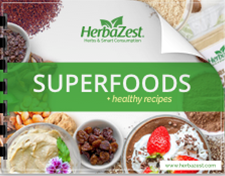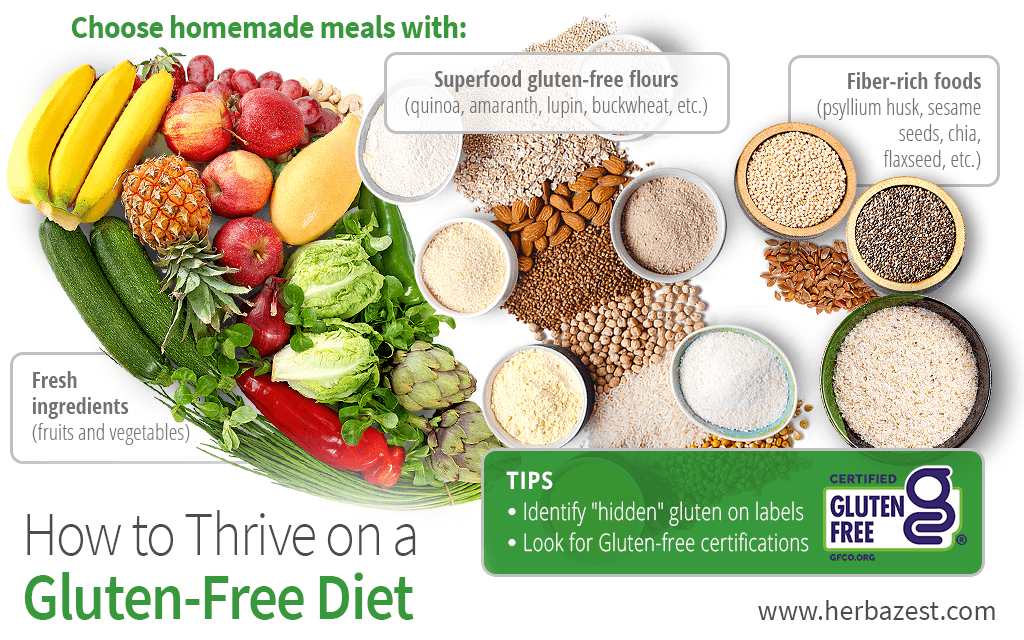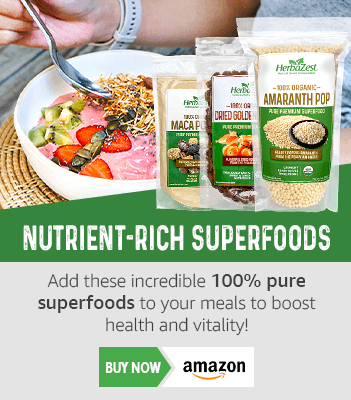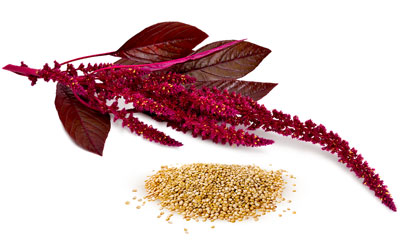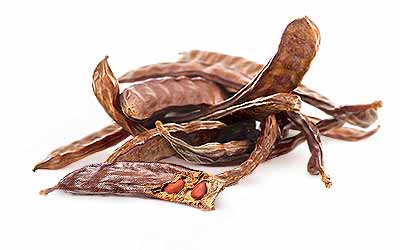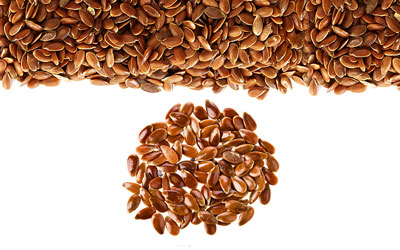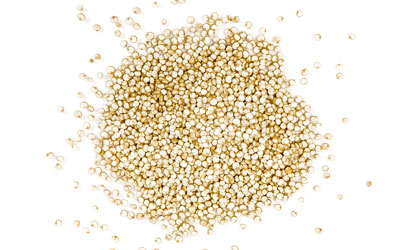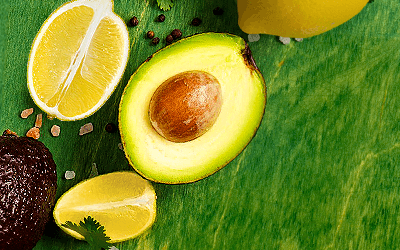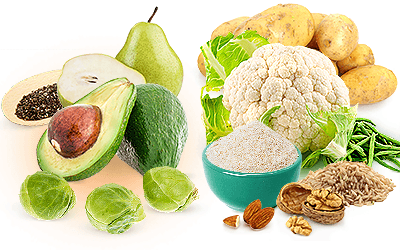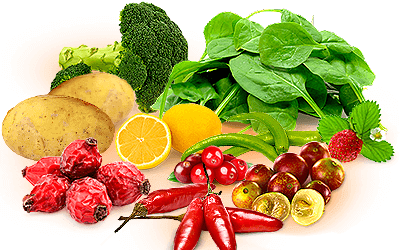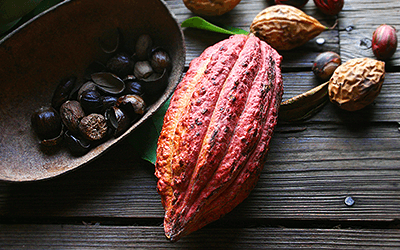Celiac disease affects one person per 250 inhabitants, globally.1
Gluten-free diets have been trendy for a while, and many people are switching to them under the idea that it is a "healthier" lifestyle. However, studies suggest that entirely avoiding gluten for no medical reason can lead to a number of consequences, like nutritional deficiencies, high cholesterol, hyperglycemia, and an increased risk of cardiovascular diseases.2
In fact, many commercial gluten-free goods are not as healthy as they seem, usually containing high amounts of artificial additives, sugar, sodium, and fat. However, for those who suffer from celiac disease or other gluten-related conditions (e.g. gluten-sensitive enteropathy, non-celiac gluten sensitivity, wheat or grain allergy, gluten ataxia, and dermatitis herpetiformis), following a gluten-free diet is a life-saving decision.3
FOR THOSE TRYING TO IMPROVE THEIR DIETS, INGESTING GLUTEN IN MODERATION, INSTEAD OF AVOIDING IT ALTOGETHER, IS THE BEST APPROACH. HOWEVER, PEOPLE WITH GLUTEN-RELATED CONDITIONS HAVE NO CHOICE BUT TO REPLACE IT FOR OTHER HEALTHY ALTERNATIVES.
What Is Gluten?
Oats contain avenin, which is a gluten-like protein that may cause undesirable effects in some celiac people. However, most of them seem to tolerate oats very well as long as they are gluten-free certified.4,5
Contained in wheat grains, gluten is a type of protein. Other popular grains that also carry gluten-like proteins are rye (secalin) and barley (hordain). Because of its "stretching" and high heat-tolerance qualities, gluten has been consumed since the dawn of the agriculture, over 10,000 years ago, when the cultivation of grains started in a particular region of the Middle East: the Fertile Crescent, which stretches through modern day Iraq, Syria, Lebanon, Israel, Palestine, Jordan, and part of Kuwait. It is not far-fetched to say that gluten grains have been instrumental in the history of modern civilization, and they are still a staple in the diet of millions around the world.
GLUTEN IS A COMMON THICKENER FOR SAUCES, AND IT IS ALSO KEY FOR MAKING PASTA, FLUFFY BREADS, CAKES, PASTRIES, AND OTHER BAKING GOODS.
Foods with "Hidden" Gluten
Because of its thickening and preserving properties, gluten is ubiquitous in the food industry nowadays. It appears not only in wheat flour, pasta, bread, and cookies, but many unsuspected products also contain gluten among their ingredients, such as:
- Beer
- Canned foods
- Energy bars
- Granola
- Cereals
- Snacks
- Salad dressings
- Ice creams
- Miso
- Sauces and gravies
- Seasoning spices
- Pre-gelatinized starch
- Textured vegetable protein
Those starting a gluten-free diet must learn to read labels, even if it implies shopping with the help of a magnifying glass. Quite often, as an additive in processed food, gluten comes disguised under different names. If you have medical reasons to stay away from gluten, be aware of this hidden gluten list:
- Brewer's yeast
- Certain dextrins
- Hydrolyzed plant proteins
- Maltose
- Smoke flavoring
- Edible coatings, films, and starches
When goods that are seemingly free of gluten are processed and packed in places that also produce gluten products, caution must be taken due to cross contamination. Pay attention to labels like "wheat free," "may contain wheat," or "processed on equipment that handles wheat."
THOSE WITH GLUTEN-RELATED CONDITIONS MUST BE SURE ALL FOODS THEY BUY HAVE A GLUTEN-FREE LABEL.
Cooking Gluten-Free Meals
Without a doubt, the amount of information that is required to follow a bulletproof gluten-free diet can make you dizzy and confused. One simple thing to do is make sure you reduce the consumption of processed foods and prepare your own gluten-free recipes at home! Here are some delicious suggestions:
Breakfast
A great way to start your day with high energy is having a healthy breakfast, with nutritious smoothies, such as a Carob Banana Coffee Smoothie or a Coconut Papaya Mango Smoothie Bowl with Kaniwa Pop. Pancakes and all kinds of fruit combinations are also on the menu, like these satisfying, high-protein Almond Lupin Pancakes with Blueberries or a fresh Papaya Boat with Yogurt and Amaranth Pop.
Snacks
When that afternoon slump kicks in, healthy snacks can save the day! Some fresh veggies, an Amaranth Carrot Flatbread, Homemade Seed Crackers with Maca or Amaranth Flour Crackers go perfectly with any dips, such as a Roasted Red Pepper Hummus with Sacha Inchi, a Roasted Garlic Cannellini Bean Dip, or an Oregano Cashew Spread.
Lunch & Dinner
For many, these are often the most substantial meals of the day, and there are many delicious, wholesome lunch recipes and healthy dinner ideas to choose from, like an Amaranth Flake-Breaded Eggplant Parmesan, a crunchy Quinoa Maize Salad, or a Spicy Pumpkin Soup with Pumpkin Seeds and Mint accompanied by a slice of Maca Gluten-Free Bread. Enjoy yourself!
Desserts
It is true that the world of sweet treats is dominated by wheat flour and other gluten-containing ingredients. However, rest assured that there are endless gluten-free ways to indulge a sweet-tooth. If you are into crunchy treats, you'll love these Vegan Chocolate Amaretti Cookies, Quinoa Pop Dark Chocolate Bars, and Peanut Butter Amaranth Pop Date Balls. Some delicious desserts to enjoy after a meal are a Maca Silken Tofu Chocolate Mousse, a Carob Avocado Pudding, or some Healthy Apple Muffins with Quinoa Flour.
A gluten-free diet may seem restrictive at the beginning, but soon enough you'll discover alternative options that are varied, nutritious, and delicious. There are hundreds of healthy recipes that you can easily prepare at home with nutritious ingredients, fiber, and free of processed sugars. The sky is the limit!
Sources
- Journal of Gastroenterology & Hepatology
What is gluten? 2017 - World Journal of Gastroenterology
Role of oats in celiac disease, 2015 - Medical Sciences
Why Oats Are Safe and Healthy for Celiac Disease Patients, 2016 - Celiac-Disease Foundation
Label Reading & the FDA - Gluten Intolerance Group
38 Foods Where Gluten May Be “Hidden” - Stanford Medicine
Children's Health, Celiac Disease, Food Additives
Footnotes
- Revista Médica de Chile. (2010). History of gluten and its effects on celiac disease. Retrieved October 24, 2022 from https://pubmed.ncbi.nlm.nih.gov/21279282/
- Gastroenterology & Hepatology. (2018). Health Benefits and Adverse Effects of a Gluten-Free Diet in Non-Celiac Disease Patients. Retrieved October 24, 2022 from https://www.ncbi.nlm.nih.gov/pmc/articles/PMC5866307/
- StatPearls. (2022). Gluten Associated Medical Problems. Retrieved October 24, 2022 from https://www.ncbi.nlm.nih.gov/books/NBK538505/
- Beyond Celiac. Are Oats Gluten Free? Retrieved November 14, 2022 from https://www.beyondceliac.org/gluten-free-diet/is-it-gluten-free/oats/
- Celiac Disease Foundation. (2014). Oats and the Gluten-Free Diet. Retrieved November 14, 2022 from https://celiac.org/about-the-foundation/featured-news/2014/12/oats-and-gfd/
